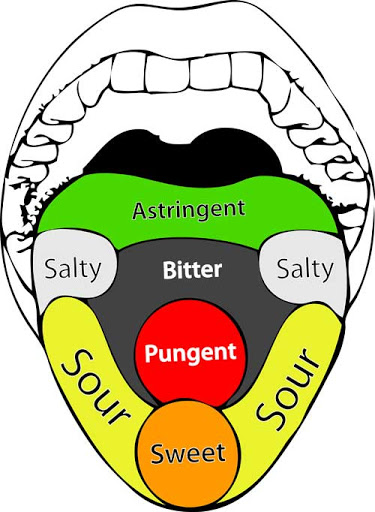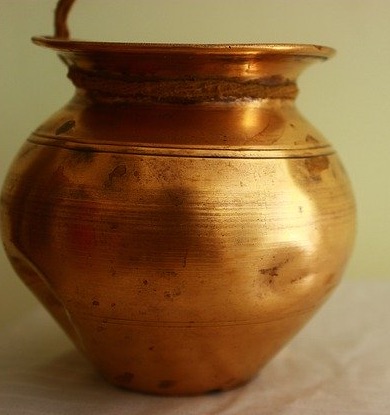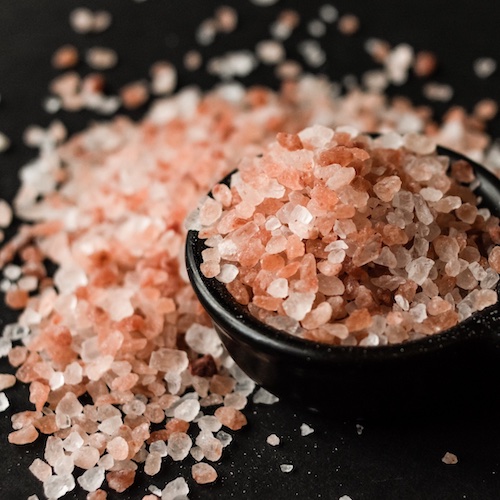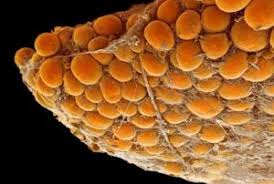Rasa dhatu is formed when Agni digests food. When food is completely digested with the help of normally secreted digestive juices, the nutritive part of the digested food is called rasa. This nutritive juice nourishes all cells and tissues of the body. It is analogous to extracellular and intracellular fluids. Rasa dhatu has water element or jala (one of panchamahabhuta ) as the dominant constituent.
Related article – Ayurveda Description of 7 Tissues or Sapta Dhatu
Importance of rasa dhatu:
“Rasajam purusham vidyaat rasam rakshet prayatnatah
annath paanathcha mathimaan aahaaraatch apyathandritah”
Rasa dhatu contains all the nutrients required to nourish the body. Hence Ayurveda acharyas mention the human body as a product of rasa. As rasa dhatu nourishes the body and helps to keep it healthy, we should always put effort into protecting rasa dhatu.
Here’s why Rasa Dhatu is deemed crucial for the body:
Nourishment of body:
Rasa Dhatu acts as the primary source of nourishment for every cell and tissue in the body. After digestion, the food essence or “ahara rasa” gets converted to Rasa Dhatu, providing nutrition to all the other dhatus (tissues).
Protects Immunity:
Rasa Dhatu is vital for a robust immune response. A well-balanced Rasa enhances the body’s resistance against diseases, while its imbalance may weaken the immune system. Hence rasa dhatu helps to protect immunity.
Internal Transportation:
Like plasma in modern understanding, Rasa Dhatu helps in transporting nutrients, hormones, waste products, and other essential substances throughout the body.
Balances hydration:
Rasa Dhatu maintains the body’s hydration level and plays a role in balancing bodily fluids.
Metabolism and Growth:
Being the first in the sequence of dhatu transformation, a well-nourished Rasa Dhatu is essential for the proper formation and health of the subsequent dhatus, which are vital for growth and repair.
Homeostasis:
Rasa Dhatu aids in maintaining the body’s internal equilibrium, ensuring other tissues receive the necessary nourishment.
In essence, Rasa Dhatu is fundamental to the body’s overall health and vitality. A disruption or imbalance in Rasa can significantly impact the formation and health of other dhatus, underscoring its importance in Ayurvedic theory and practice.
What happens when rasa dhatu decreases? or rasa dhatu kshaya
“Rase roukshyam shramassoshoglani shabdaasahishnutha”
“Rasa Dhatu” is the first tissue and can be equated to the plasma or the primary nutrient fluid derived from the digestion of food. It is the essence that nourishes every cell and tissue and plays a foundational role in immunity, vitality, and overall health.
“Kshaya” translates to “depletion” or “deficiency.” Therefore, “Rasa Dhatu Kshaya” refers to the depletion or deficiency of this primary nutrient fluid in the body.
When there is a deficiency in Rasa Dhatu, it can manifest in various symptoms. Common indications can include dryness of the body, fatigue, a weakened immune response, and even anxiety or palpitations. This condition suggests that the body isn’t receiving or processing nourishment properly, which can impact all other tissues and bodily functions downstream. Addressing this depletion often involves dietary changes, herbal remedies, and lifestyle modifications to restore balance and vitality.
When rasa dhatu decreases the following symptoms appear.
Dry skin ( twak rukshata)
tiredness (shrama)
Dehydration ( Shosha)
Malaise (glani)
Intolerance to sound (shabdaasahishnuta)
Rasa dhatu depletion occurs during diseases, pregnancy, lactation, fasting and after heavy exercises. To replenish this one can consume lukewarm water, fruit juices, coconut water, water obtained by boiling rice, barley, etc.
What happens when rasa dhatu increases? Rasa dhatu vruddhi
“Rasopi sleshmavat sleshmaagni sadana praseka
aalasygouravam shwaitya shaitya sladhangatvam shwaasa kaasaati nidrata”
In Ayurveda, “Rasa Dhatu Vruddhi” refers to the excessive increase or vitiation of the “Rasa Dhatu.” Let’s break it down:
- Rasa Dhatu: Among the seven dhatus (basic bodily tissues) described in Ayurveda, Rasa Dhatu is the first and it correlates to the plasma and lymph in modern physiology. It forms the essence of digested food and is responsible for nourishing every cell and tissue in the body.
- Vruddhi: This term signifies an increase or excess.
So, “Rasa Dhatu Vruddhi” pertains to the pathological increase or vitiation of the Rasa Dhatu. Such an imbalance might manifest in symptoms like swelling or edema, excessive salivation, heaviness, lethargy, pale complexion, and cold symptoms. This condition can arise due to factors like consuming excessive cold, sweet (madhura rasa), or salty foods (lavana rasa) , sedentary lifestyle, overconsumption of fluids, or other practices that can lead to an imbalance in the Rasa Dhatu. Proper Ayurvedic assessment and treatment aim to balance the dhatu, ensuring that it functions optimally to maintain health.
When rasa dhatu increases the following symptoms appear
Indigestion (agnimandya)
Excess salivation (praseka)
Lethargy (Aalasya)
Pallor (shweta varna)
Weakness (shaithilya)
Gasping for breath (shwasa)
Cough (kaasa)
Increased sleep (atinidrata)
Symptoms of improperly formed rasa dhatu
Inactiveness
Loss of appetite
Nausea
Heaviness of body
Increased salivation
Feeling of tiredness
Fever
Body pain
Inability to perform sex or temporary Klaibya erectile dysfunction
Emaciation
Premature hair loss and premature graying.
How to balance rasa dhatu ?
Balancing Rasa Dhatu is crucial. When in balance, it provides vitality, glowing skin, and a robust immune response. To maintain its harmony:
Dietary Considerations:
Consume a diet that is fresh, wholesome, and easy to digest. Favor warm, cooked meals and incorporate natural sweeteners, milk, ghee, and fresh fruits. Avoid excessive bitter (tikta rasa) , astringent (kashaya rasa) , or spicy (katu rasa) foods that can deplete nourishment.
Hydration:
Drink ample water throughout the day, but always in moderation. Herbal teas, like licorice or coriander, can be beneficial.
Detoxification:
Periodic body cleansing or liver detox routines can revitalize the system. Gentle fast or consuming light food like rice gruel can be beneficial.
Manage Stress:
Chronic stress can deplete this vital tissue. Engage in relaxation techniques such as meditation, deep breathing, or yoga.
Routine:
Stick to a consistent ayurvedic daily routine or dinacharya, and ayurvedic seasonal routine or rutucharya with regular meal times and adequate sleep, to support the body’s natural rhythms.
Herbs:
Ayurvedic herbs like Shatavari, Ashwagandha, or Guduchi can be used under the guidance of a trained practitioner.
Taking these measures ensures that the vital essence remains in equilibrium, providing the body with essential nourishment and protection.
(WhatsApp Dr.Savitha Suri @+ 91 6360108663/ to know more about ayurvedic treatments and remedies )
Author: Dr.Savitha Suri , Consultant Ayurvedic Physician
Click for Ayurvedic Consultation
Call us at +91 9945995660 / +91 9448433911
WhatsApp + 91 6360108663/






